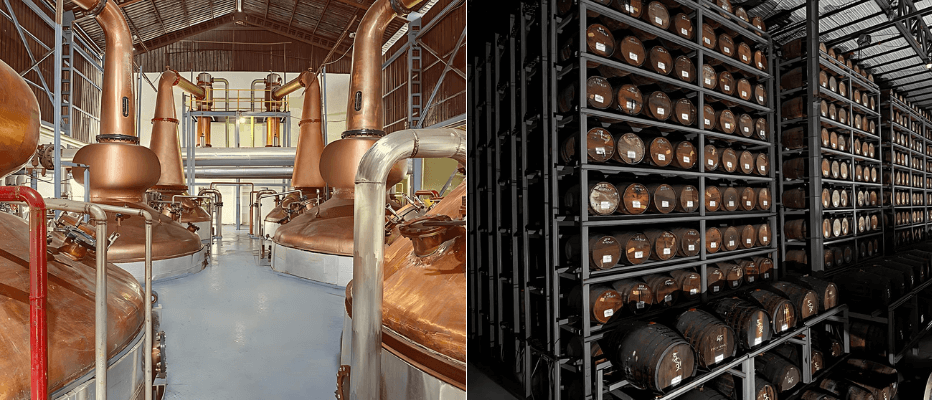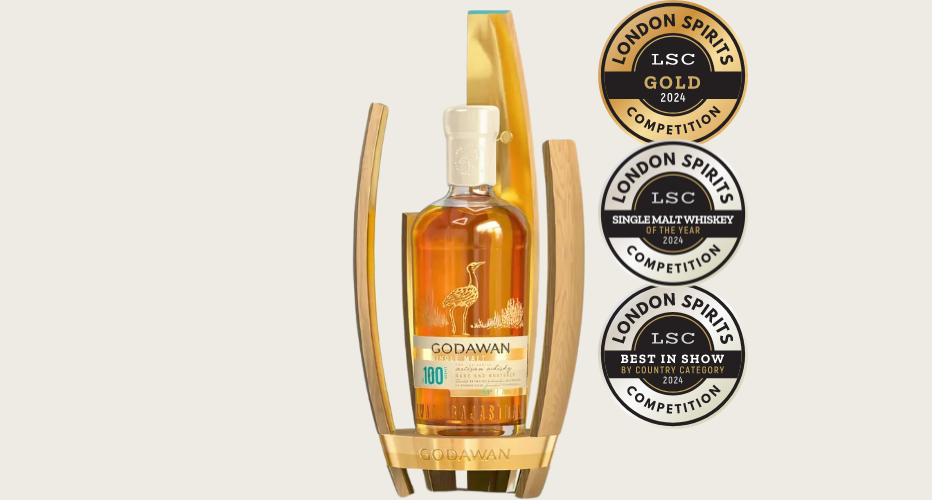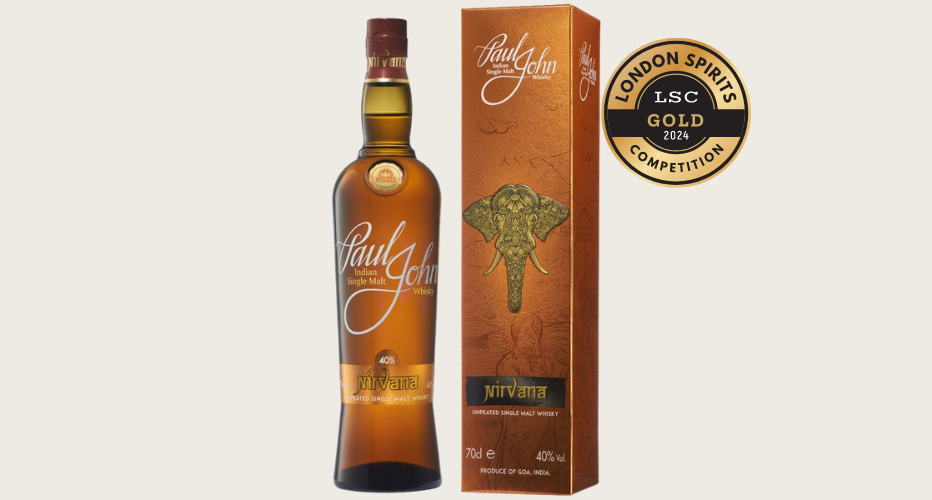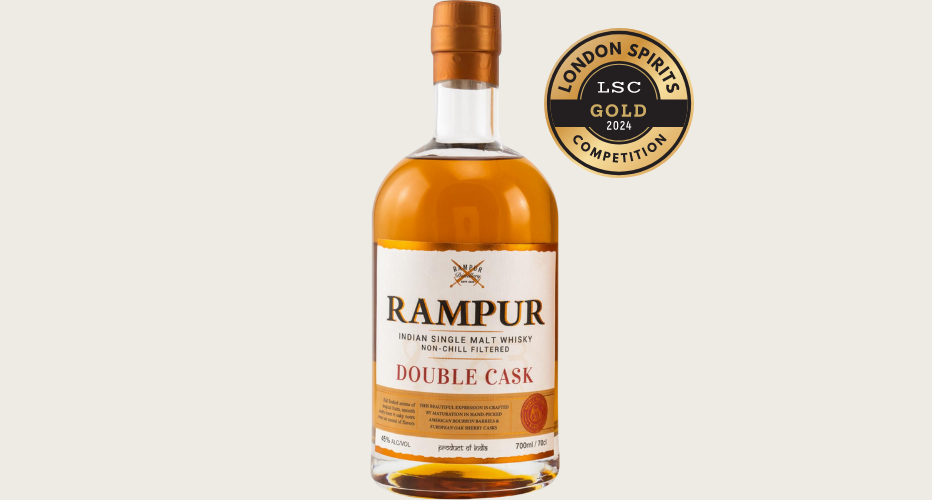Super Early Deadline
30 November 2025
Judging
Date
24 & 25 March 2026
Winners Announcement
22 April 2026
30 November 2025
24 & 25 March 2026
22 April 2026

The global whisky landscape is undergoing a significant transformation, and Indian whiskies are at the forefront of this change. With increasing international acclaim and unique flavor profiles, Indian single malts are carving out their space in the market. For UK bartenders, the time is ripe to explore the richness of Indian whiskies, which offer both diversity and distinction to discerning customers.
India's whisky journey began during the British colonial period in the late 19th century. For decades, Indian whisky was synonymous with Indian-made foreign liquor (IMFL), primarily composed of molasses-based spirits. However, a turning point came in 1982 when Amrut Distilleries pioneered the production of malt-based whiskies, marking the start of India’s premium whisky revolution. This shift towards quality was soon followed by distilleries like Paul John in Goa and Rampur in Uttar Pradesh, elevating Indian whisky to a global stage.
Indian whiskies stand out for their meticulous craftsmanship, drawing on India's diverse culture and heritage. Six-row barley, known for its rich flavor, forms the backbone of many Indian whiskies. At distilleries like Paul John, barley is sourced from the foothills of the Himalayas, ensuring robust character and taste. The unique mineral content of natural spring water in Goa adds to the smoothness and purity of Paul John whiskies.
The integration of local spices such as cinnamon, cloves, and nutmeg adds a distinctive touch to Indian whiskies. This, coupled with tropical fruit notes derived from the rapid aging process in India’s climate, sets Indian whiskies apart from their global counterparts. As Vikram Damodaran, Chief Innovation Officer at Diageo India, noted, "We’re seeing a surge of innovative techniques and ideas that are transforming the industry. India is becoming a force to reckon with in the global spirits market".
Indian distilleries employ both traditional and modern techniques to produce high-quality spirits. At Paul John Distilleries, traditional copper pot stills are used to create rich and complex flavors. Similarly, Amrut Distilleries blends traditional methods with modern technology, ensuring consistency and innovation in their offerings.
One of the most distinctive aspects of Indian whisky production is the aging process. Due to India’s hot and humid climate, whisky matures faster than in cooler regions like Scotland. This accelerated maturation, often with an angel’s share as high as 10-12% annually, imparts deep, complex flavors to the whisky in a shorter time. Vinod Giri, Director General of the Confederation of Indian Alcoholic Beverage Companies, pointed out, “The Indian climate lends itself to creating unique whisky profiles. The interaction between whisky and oak is more intense, leading to flavors that are rich and mature beyond their years”.

Image Source: Piccadily Distilleries
Goa: Home to Paul John Distilleries, known for their tropical fruit notes, enhanced by Goa's warm and humid climate. "Goa’s unique environment adds its magic to the whisky, imparting tropical fruit notes that are impossible to replicate elsewhere," shares Michael D’Souza, Master Distiller of Paul John Distilleries.
Karnataka: Bangalore’s Amrut Distilleries are renowned for their innovative malt whiskies, benefiting from the region's moderate climate.
Uttar Pradesh: Rampur Distillery, located in the foothills of the Himalayas, produces whiskies with a distinct fruity and floral character, thanks to the cooler climate.
Maharashtra: A hub for both IMFL and premium whisky production, Maharashtra’s diverse climate and high-quality grains make it a key player in India’s whisky scene.
Indian whiskies are making waves globally, with several brands earning top accolades. Some of the latest winners include:
Godawan Century by United Spirits Limited (Gold Medal 2024, 96 Points): A single malt with pronounced tropical notes and a sweet, complex palate.

Image: Godawan Century - Single Malt Whisky of the Year
Paul John Indian Single Malt Nirvana Unpeated by John Distilleries Pvt Ltd (Gold Medal 2024, 90 Points): Known for its fresh and bright citrus notes, this whisky offers a lively aromatic experience.

Image: Paul John Single Malt Nirvana Unpeated
Rampur Double Cask by Radico Khaitan Ltd (Gold Medal 2024, 90 Points): This whisky combines a peppery taste with a honey-rich aftertaste, making it a standout in the Indian whisky market.

Image: Rampur Double Cask
These award-winning brands showcase the best of Indian whisky, gaining international recognition for their quality and craftsmanship.
The combination of traditional craftsmanship and innovative techniques is what makes Indian whiskies unique. The use of high-quality local ingredients like six-row barley, coupled with the accelerated aging process in tropical climates, results in rich, flavorful whiskies that offer excellent value for money.
Paul John’s range of whiskies, from the smooth and delicate Brilliance to the bold and peaty Bold, highlights the diversity and depth of Indian single malts. Amrut, known for pushing the boundaries of whisky-making, has earned global recognition with innovative expressions like Amrut Fusion. Meanwhile, Rampur continues to attract international consumers with its distinct fruity and floral character.
As Nita Kapoor, CEO of ISWAI, mentioned, “India’s alcohol industry is not just growing; it is evolving, taking on new flavors and trends, and showcasing our country's rich diversity on a global stage.”
India is not only one of the largest whisky markets globally but also a rapidly growing one. With brands like Paul John and Amrut leading the charge, Indian whiskies are making significant inroads in international markets. Their presence in global whisky competitions and festivals has helped raise awareness and appreciation for Indian spirits. “As the world becomes more aware of the unique qualities of Indian whiskies, we’re seeing tremendous growth in exports,” said Vinod Giri.
[[relatedPurchasesItems-63]]
The rise of Indian whiskies presents a compelling case for UK bartenders to diversify their whisky offerings. With their award-winning quality, rich flavors, and growing international acclaim, Indian whiskies are poised to become a staple in bars across the UK. By stocking Indian whiskies, bartenders can offer their patrons a taste of the new wave of whisky excellence emerging from India.
Also Read:
Vikram Damodaran Innovating a Future in India's Alcoholic Beverage Market
Advocating for Responsible Alcohol Consumption: Insights from Nita Kapoor, CEO of ISWAI
India's Alcoholic Beverage Landscape: Growth and Prospects with Vinod Giri
From Goa to the World: The Journey of Paul John Single Malts
Make your spirits stand out on the world stage. Enter the London Spirits Competition by 30 November 2025 to secure Early Bird savings.